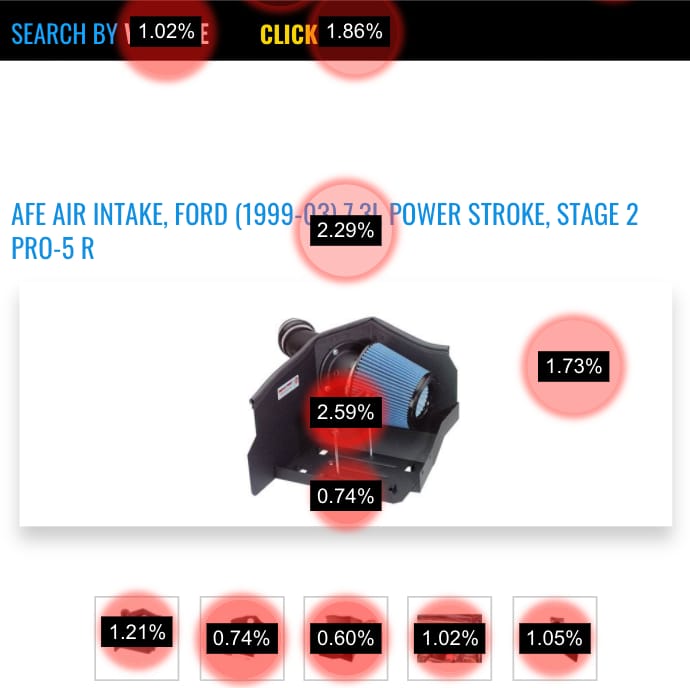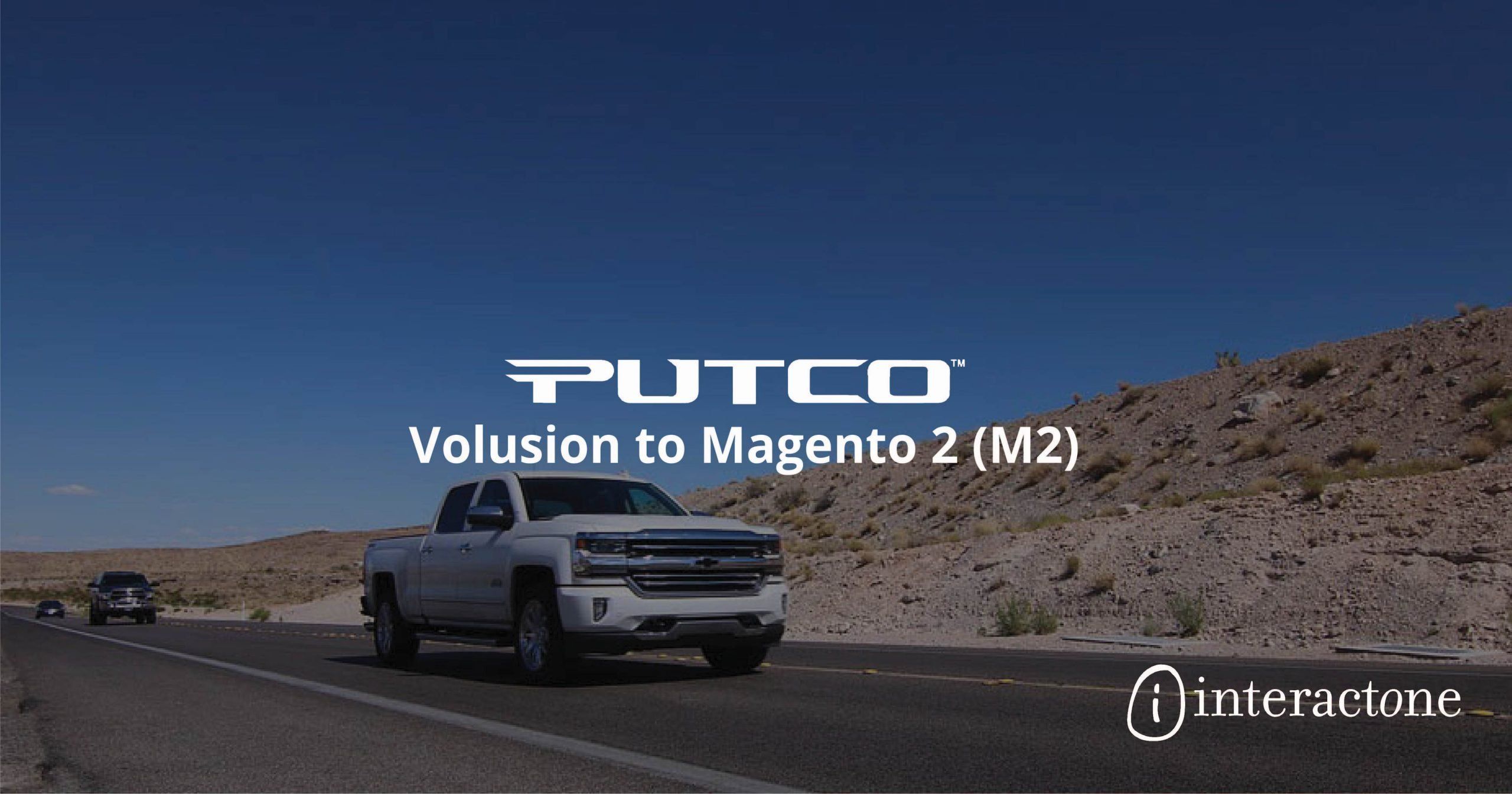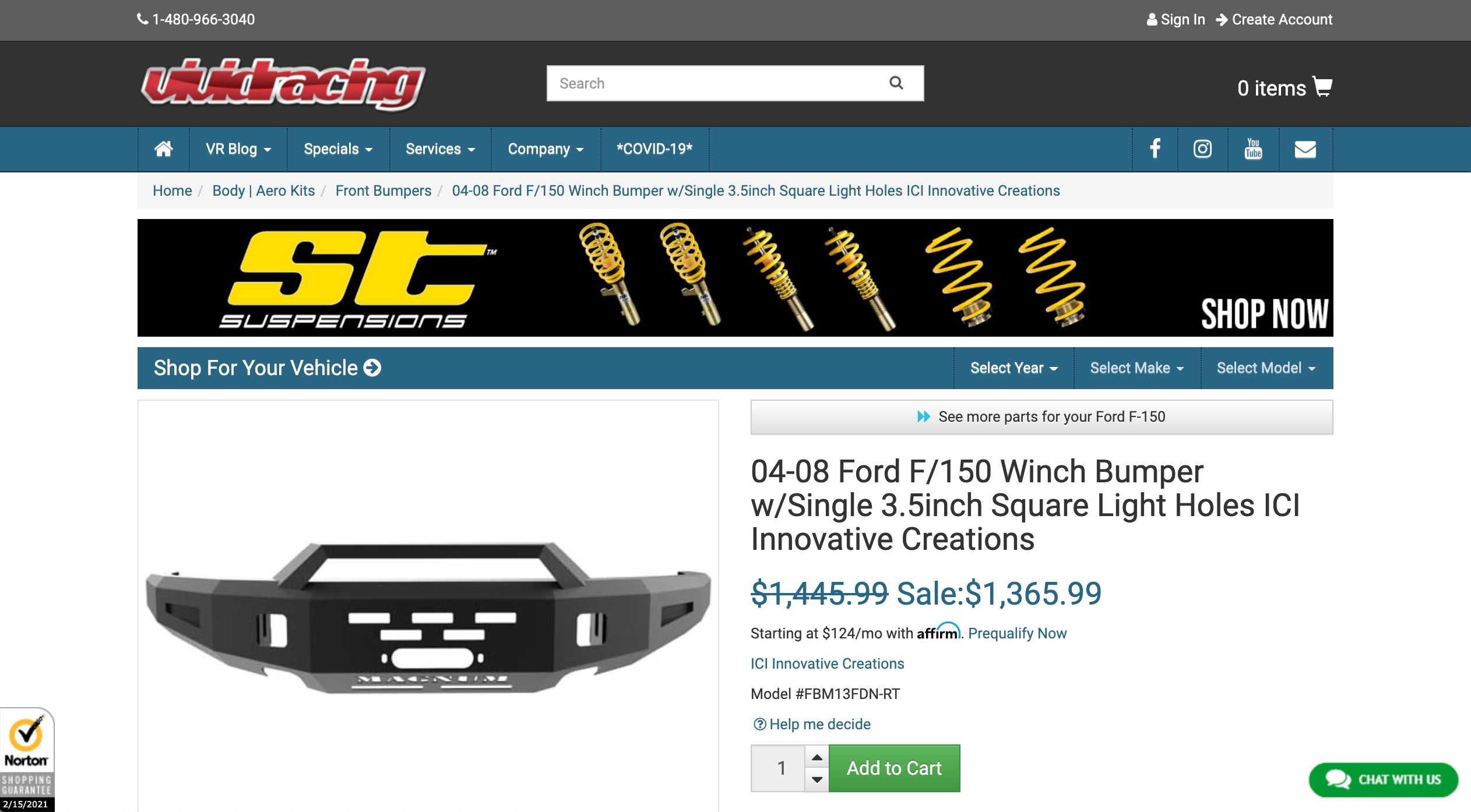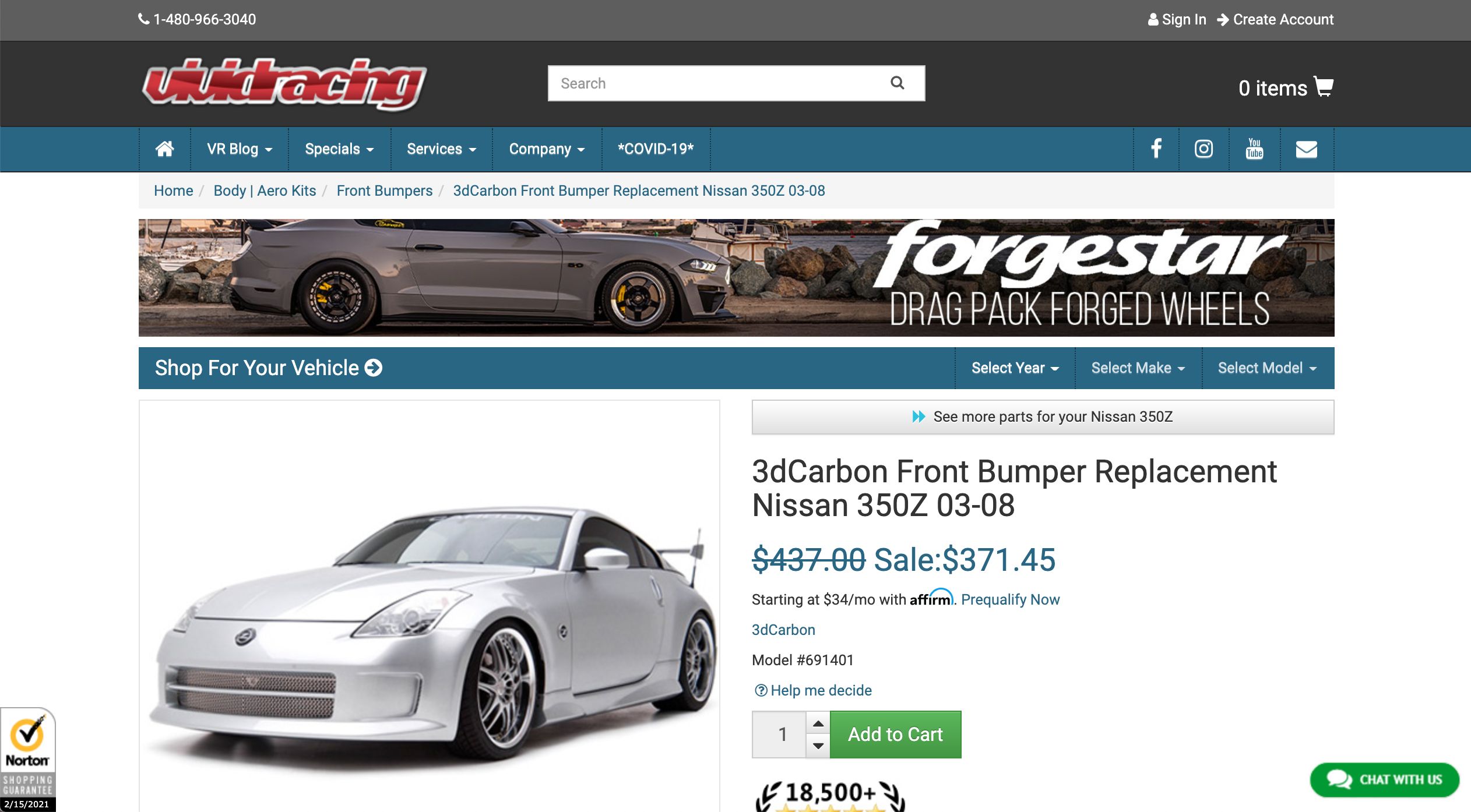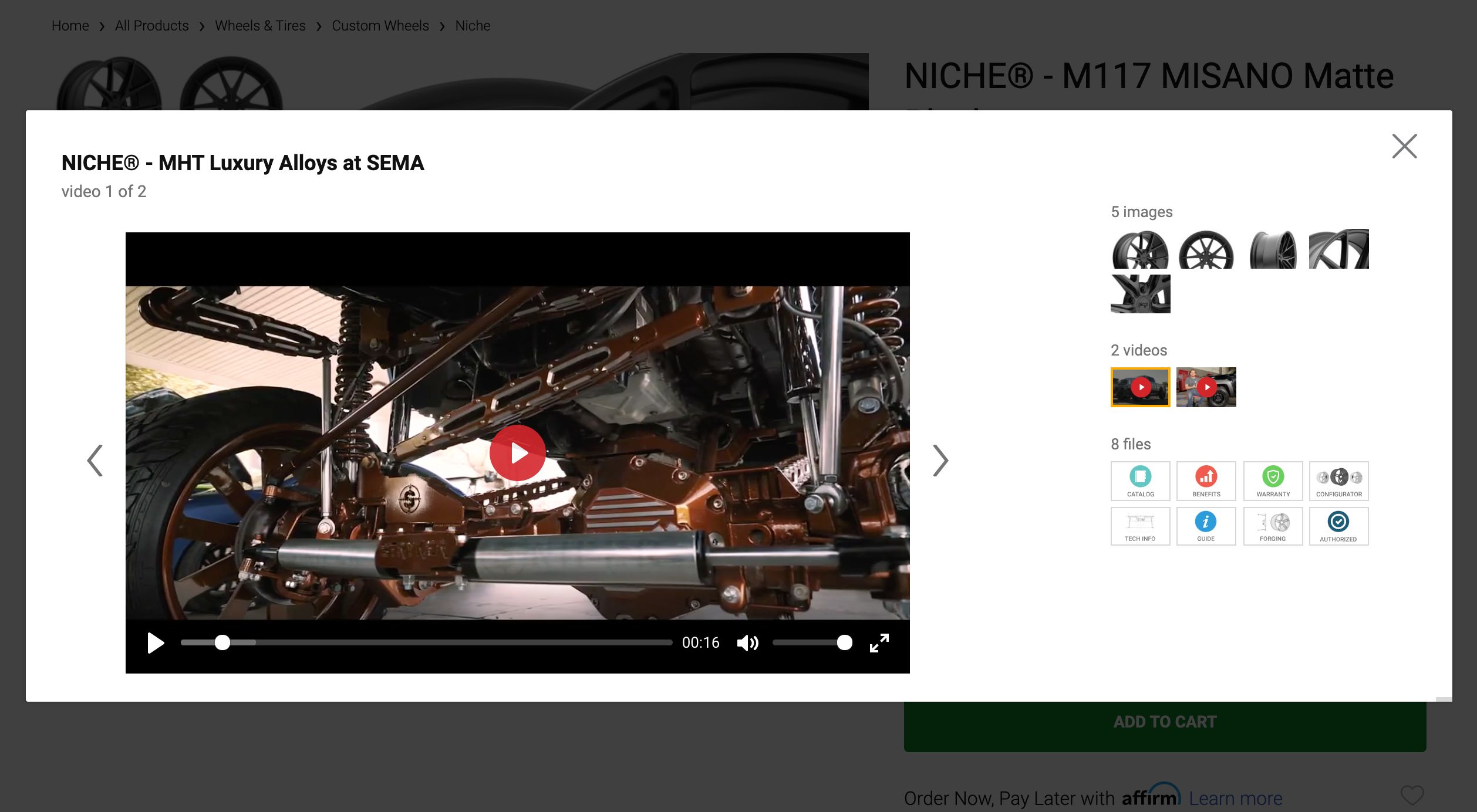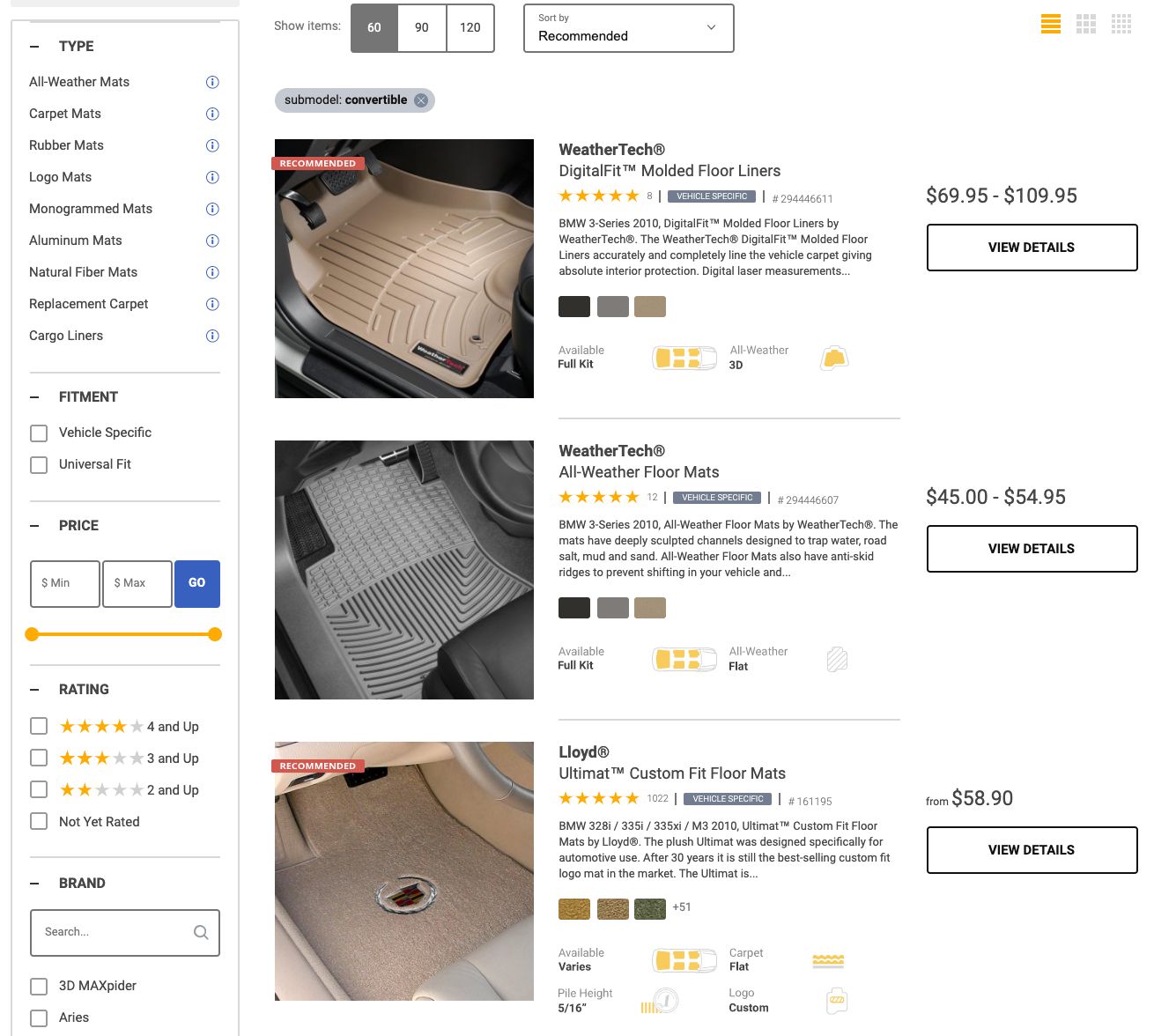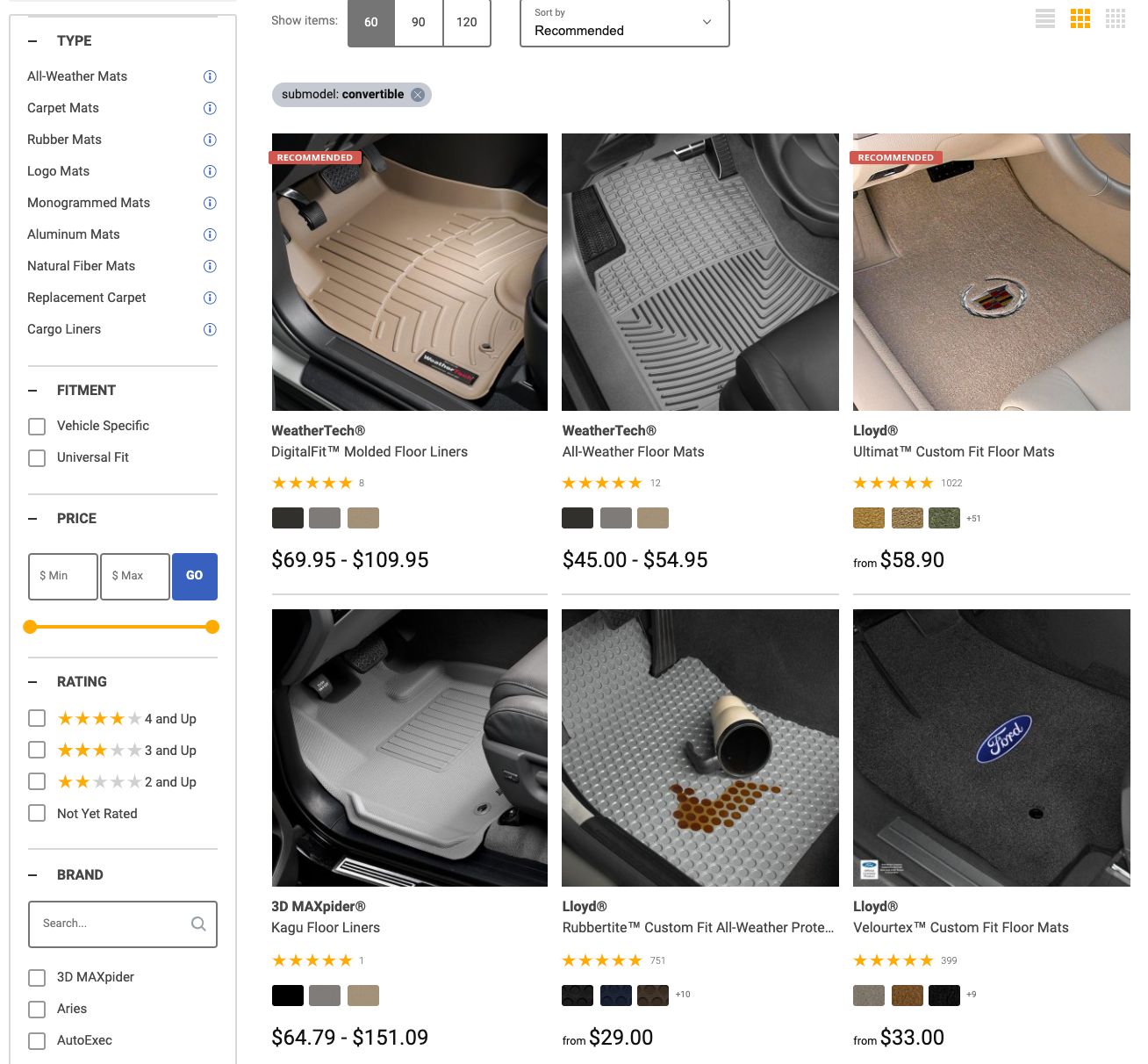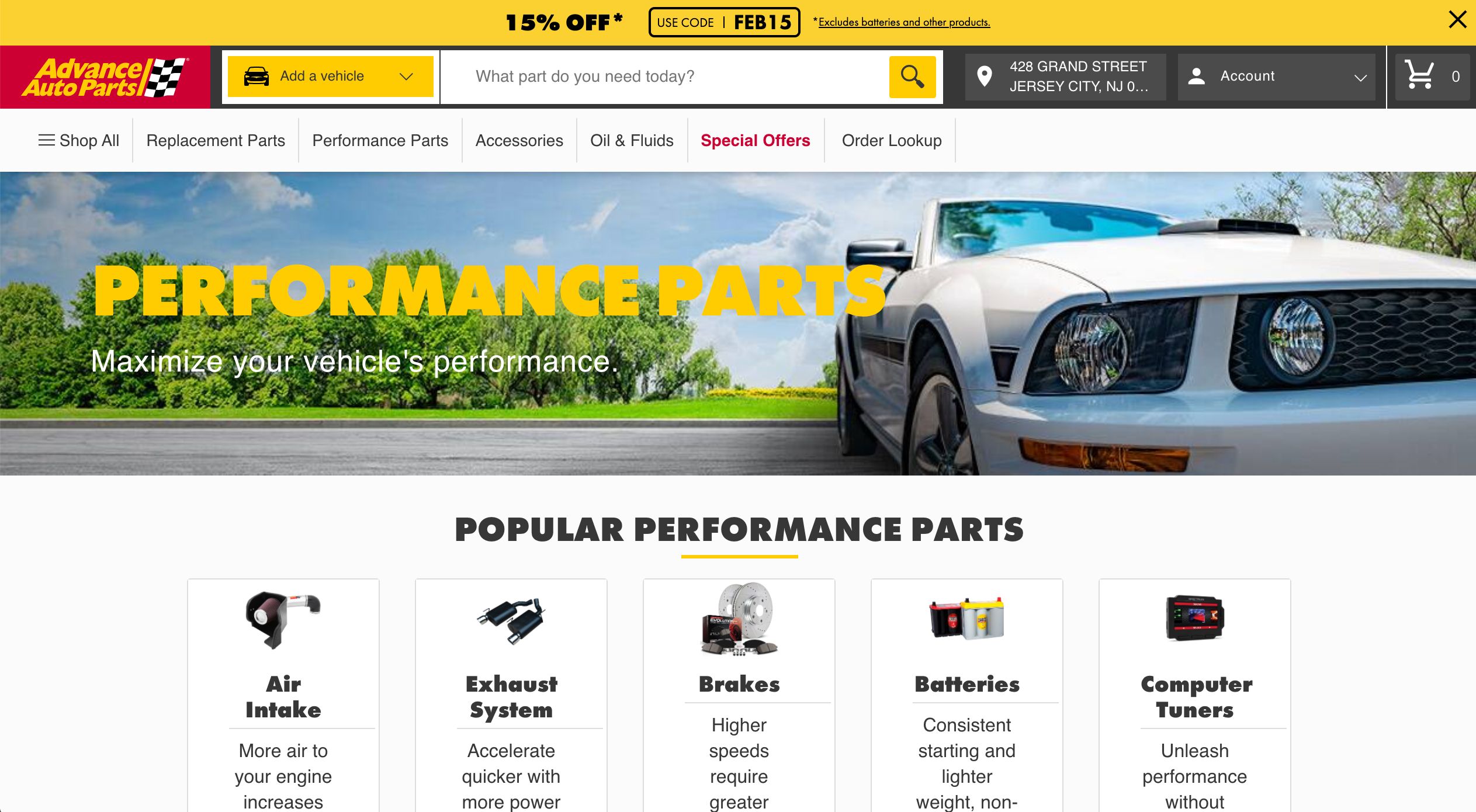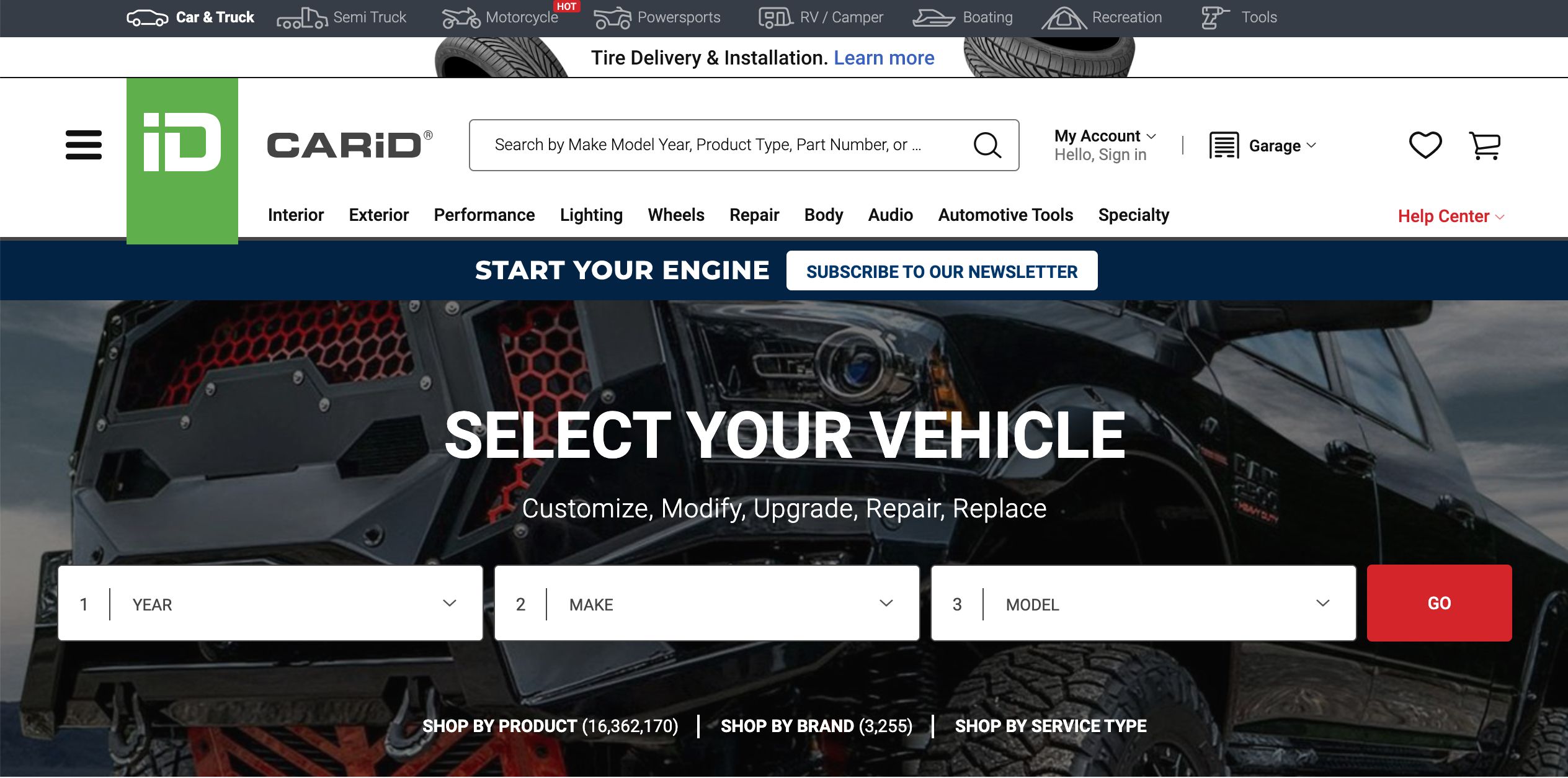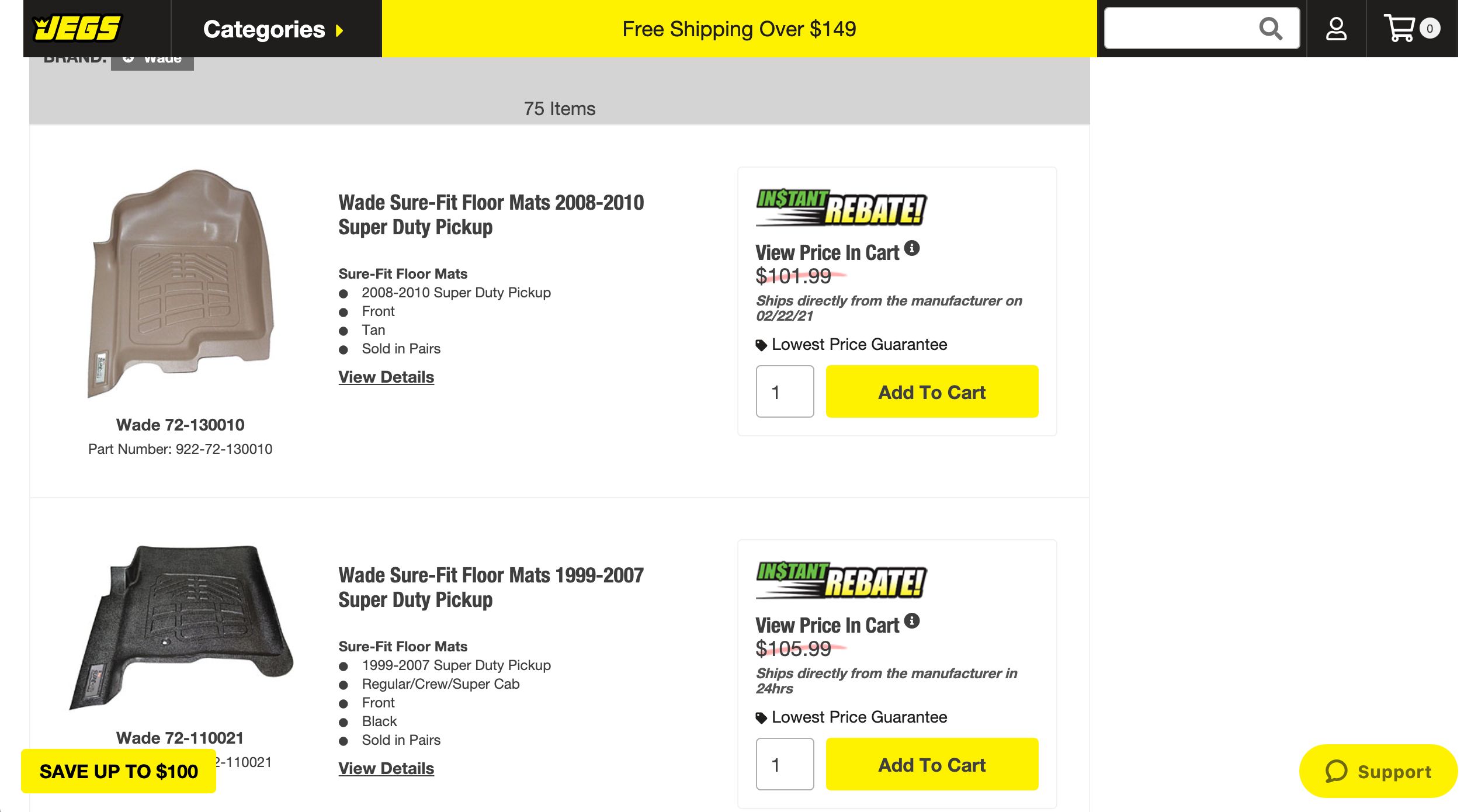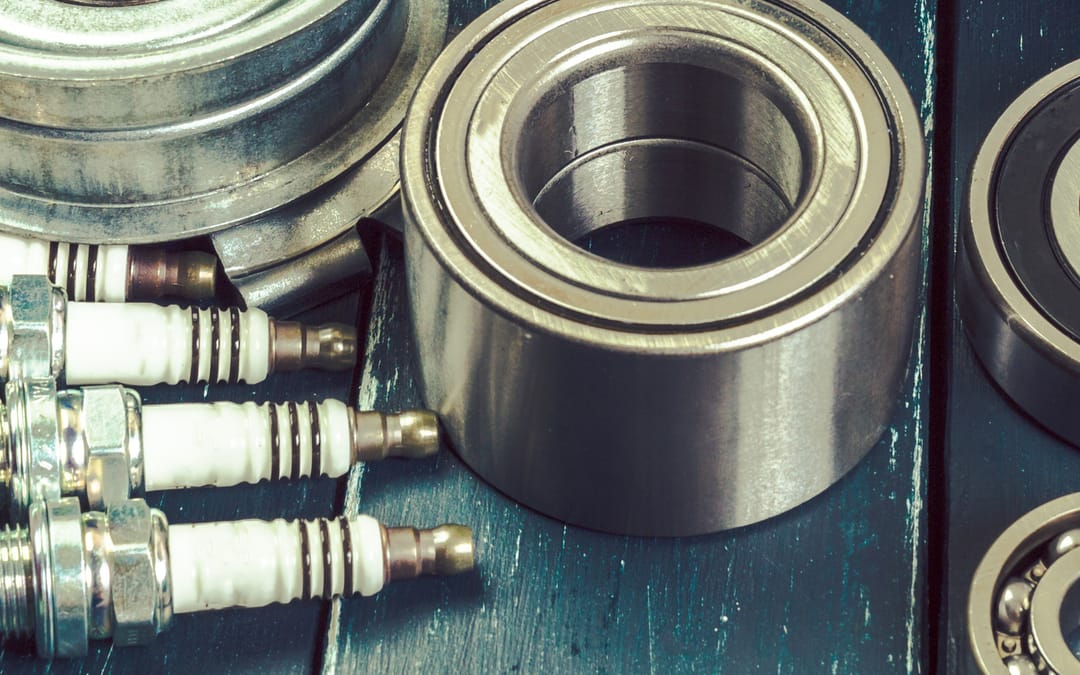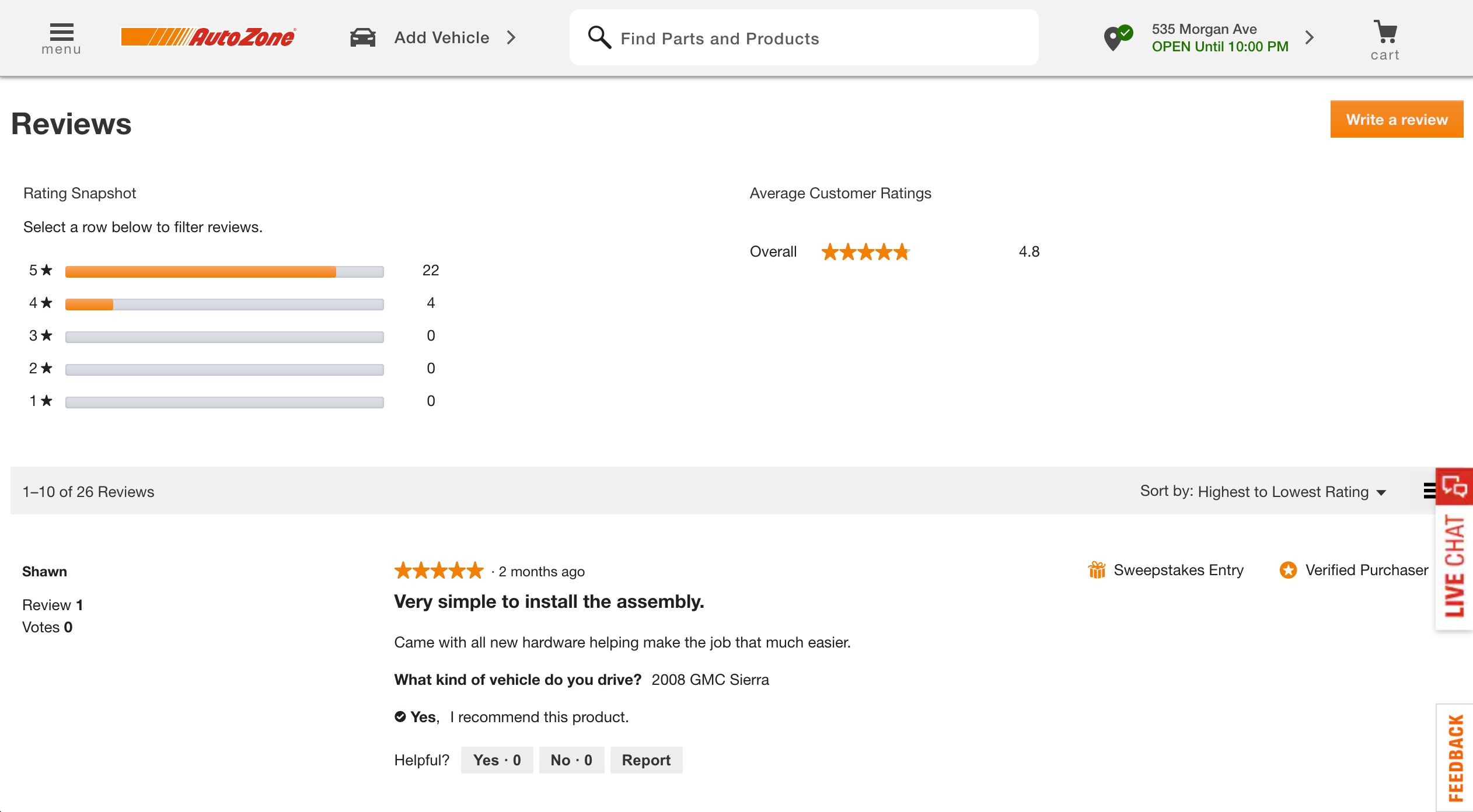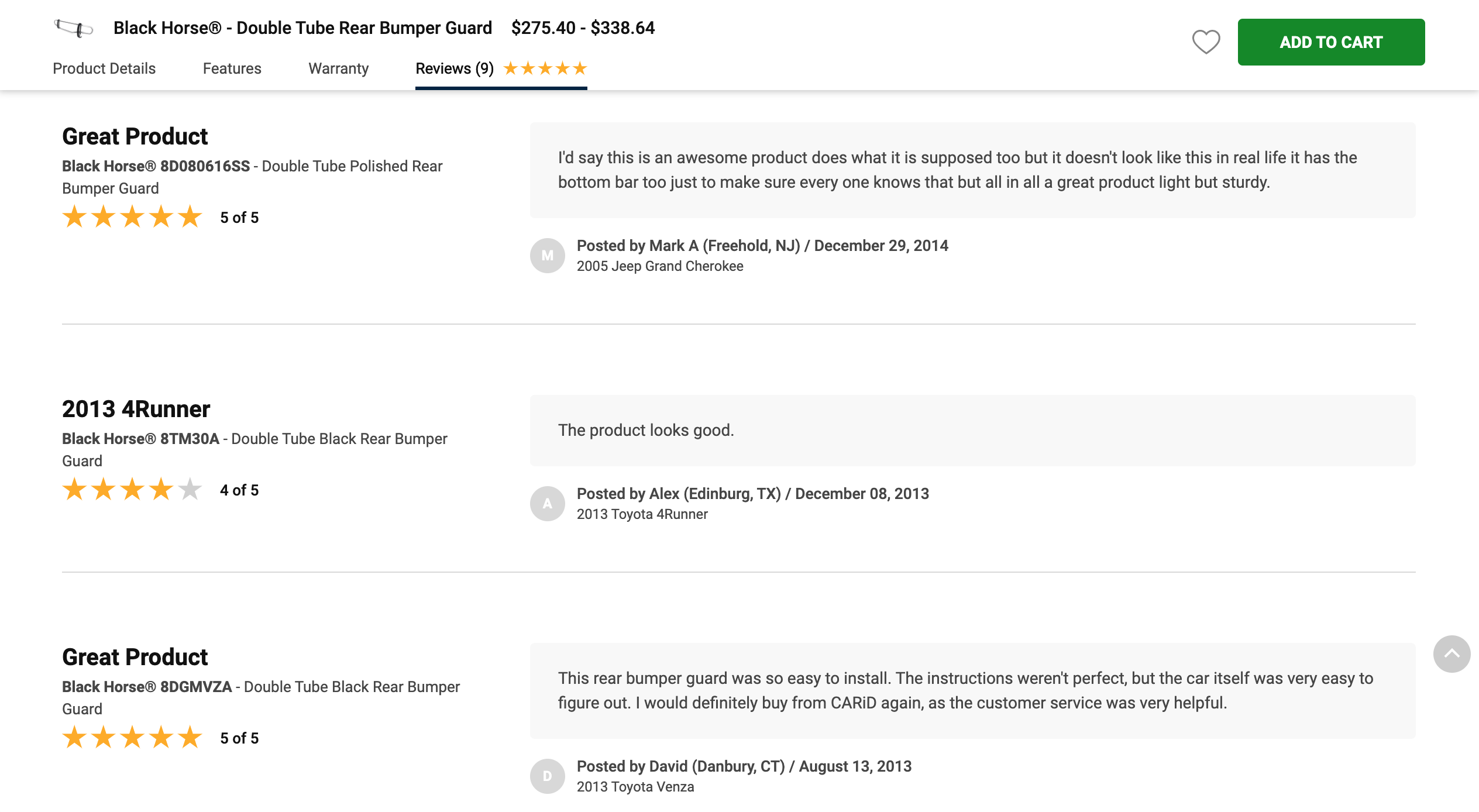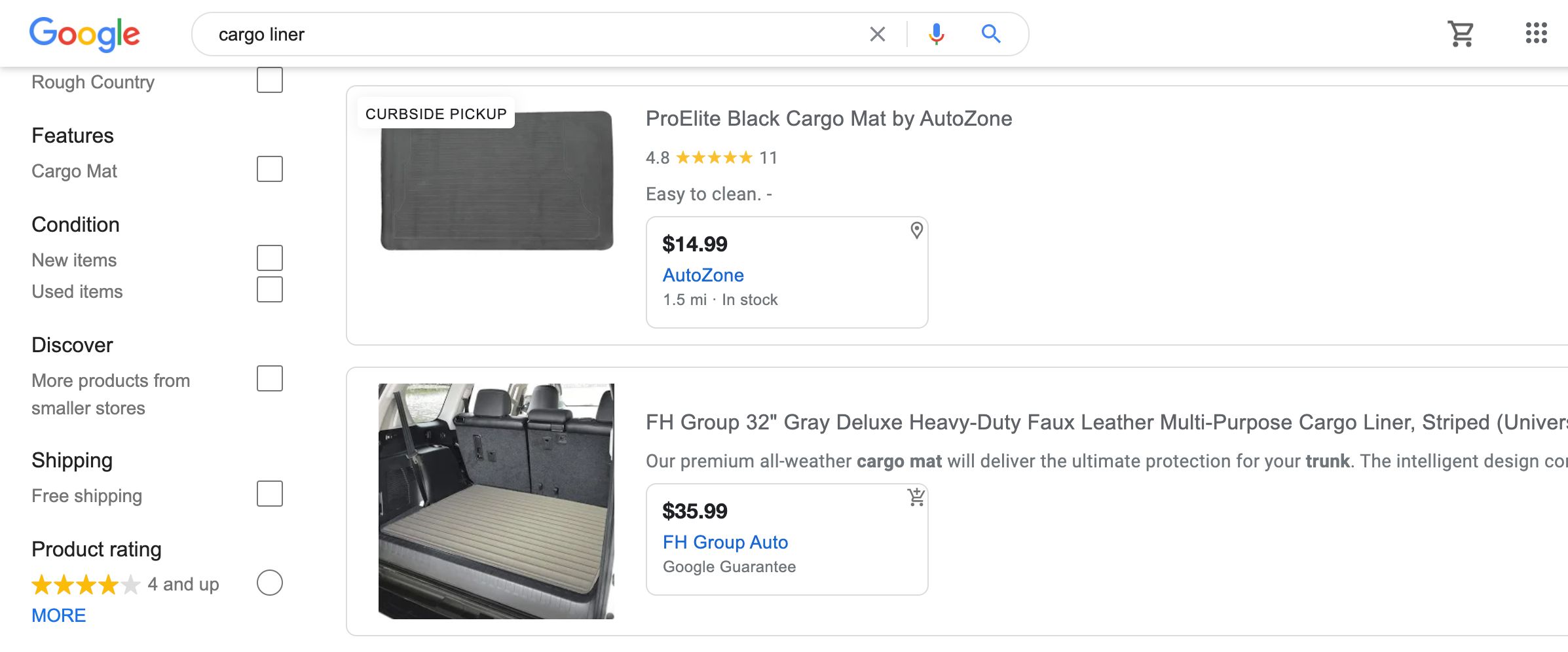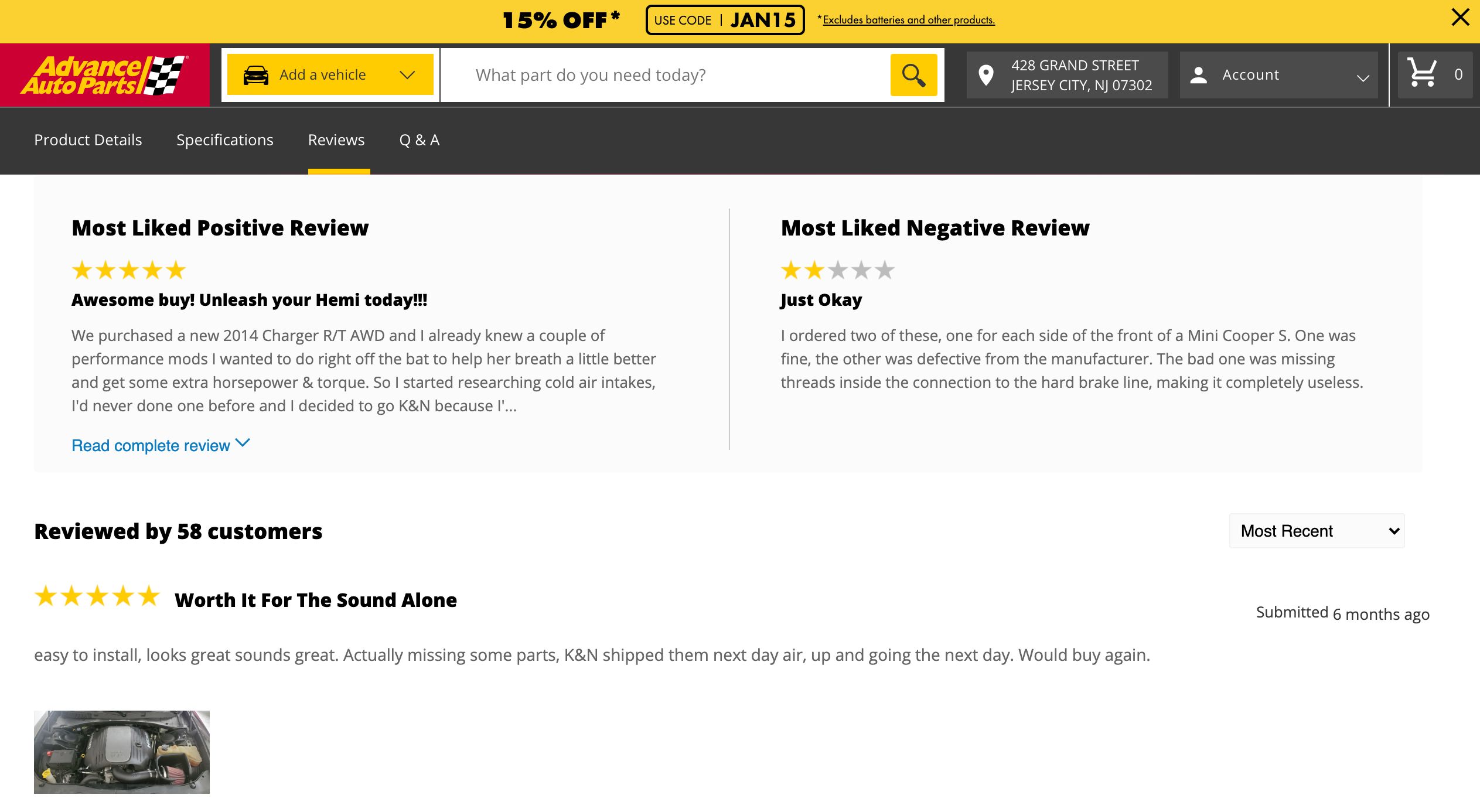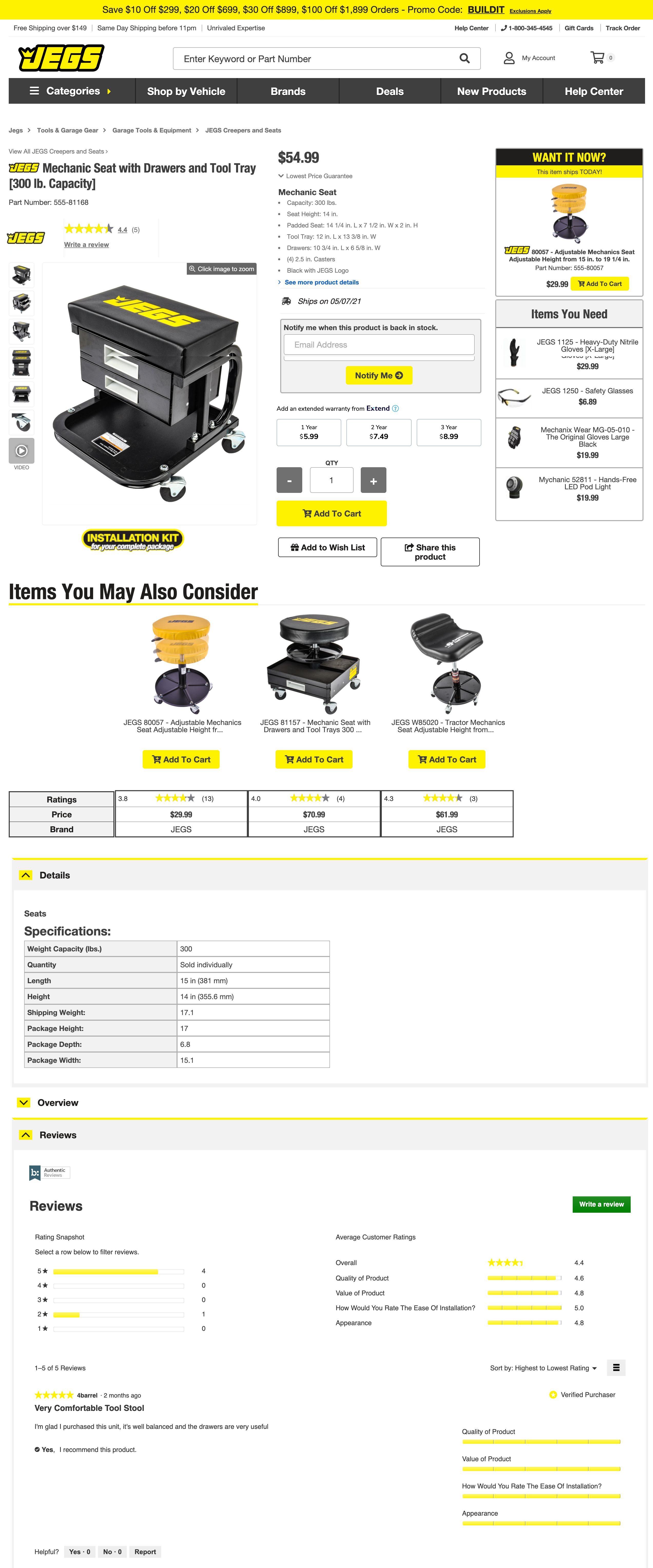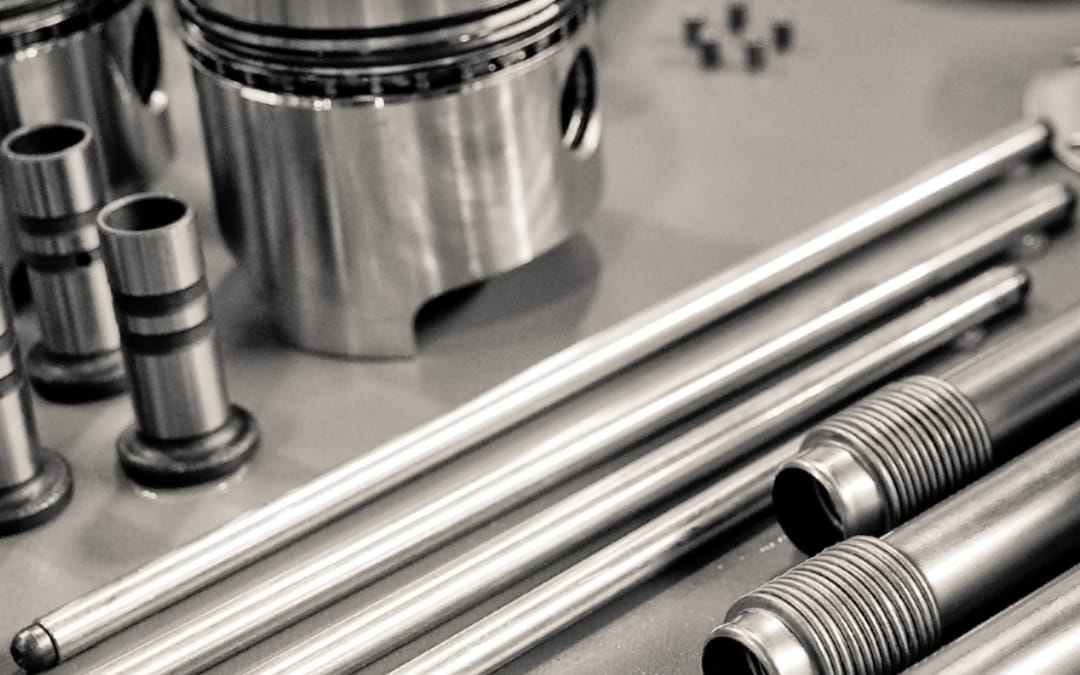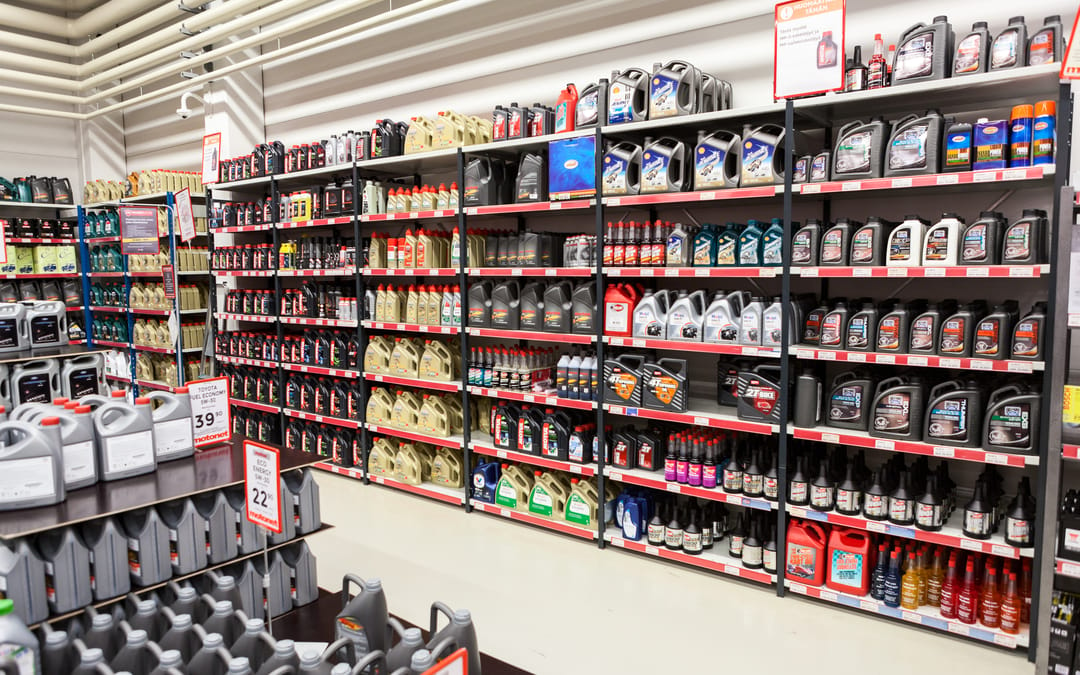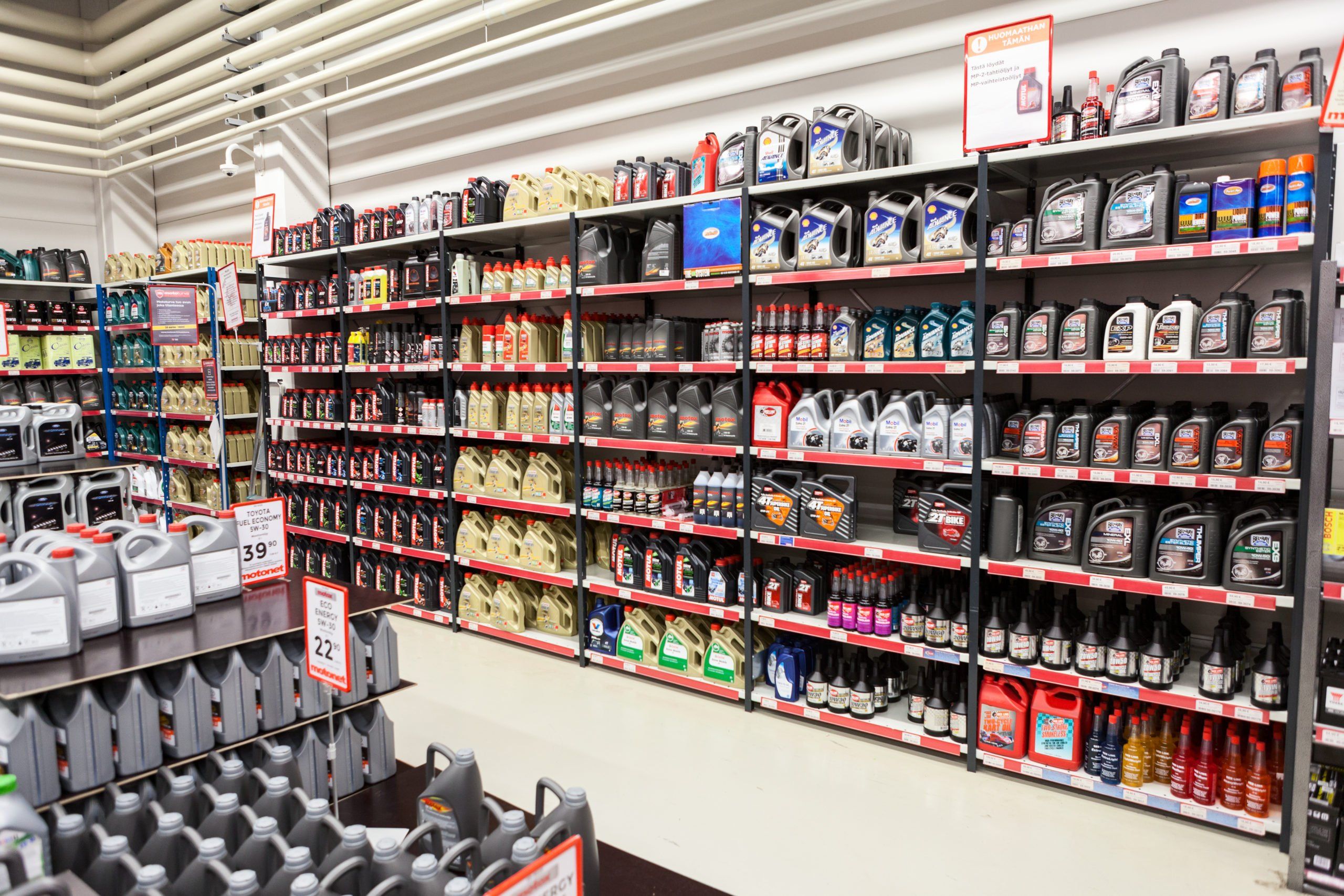How to Build a Community Around Your Automotive Aftermarket Shop
- Comments and Commentary Everywhere
Bring your product pages to life with prominent sections for user comments, product questions, and reviews. You want to separate yourself from the myriad of aftermarket shops that feature generic car parts with only a spec listing and stock photo.
Your product pages will become authoritative, with written posts addressing the most common product questions and concerns. All of that quality content will be supplemented by an abundance of user-generated content related to the product.
Google will reward your efforts with improved SEO rankings. Shoppers who land on the page will be more likely to stay on-site and convert into sales.
- Create a Blog and Integrate It
A site blog can be the centerpiece of your brand and webstore. It’s a hub where all of the best content you post across the web is aggregated. For your shoppers, it’s the water cooler they gather around whenever they sign on to shop for car parts.
An effective eCommerce blog will have a mix of content. Tech articles related to the automotive niches you serve are a great way to showcase your products while adding to your on-site SEO. Insider updates about your shop are a great way to establish a more personal connection between your brand and customers.
Recurring content series such as a shop project car, real-world automotive event coverage, or a product comparison series are all great ways to keep your shoppers tuning back in.
- Tune Your Shoppers in on YouTube
YouTube is an especially useful marketing tool when it comes to automotive aftermarket retailers. Whether you’re selling ceramic wax spray or performance exhaust headers, shoppers want to see (and often hear) their aftermarket accessories in action, ideally showcased on the same make and model of vehicle that they drive.
Whether you build a full-blown channel to make your automotive shop famous or you simply use YouTube as a glorified hosting platform, it’s an invaluable tool for creating product videos to showcase on your blog and landing pages. After all, 72% of shoppers prefer learning about products through videos as opposed to written content.
- Use Social Media as a Megaphone
Cross-post your content to all of your social media channels. A steady stream of posts will significantly increase your social media outreach over time, and every post is essentially free advertising for your store. Additionally, every social media post is an opportunity to interact with your shoppers in the comment threads. Doing so consistently will further improve your brand awareness and authority.
As mentioned above, meaningful customer engagement and interaction are paramount. From the little questions that shoppers post on low-traffic product pages to the headline content you showcase on your blog and social media pages, be pervasive with your user engagement. Treat every comment or reply that you write like a unique piece of professional content capable of adding to your overall branding and marketing strategy – because it is.


